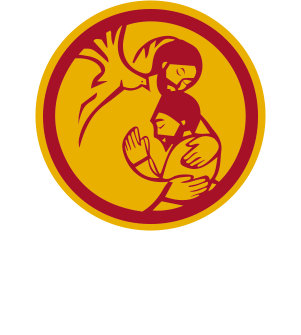Design and Technology
What?
At Holy Trinity Catholic Primary, Mrs Jones is the person responsible for monitoring and leading a Design Technology curriculum, which develops learning and results in the acquisition of knowledge and skills. We aim that our children should know more, remember more and understand more. We intend to maintain a Design Technology curriculum with appropriate subject knowledge, skills and understanding as set out in the National Curriculum Design Technology Programmes of Study. We intend to utilise a clear progression of learning throughout KS1 and KS2 and relevant cross-curricular opportunities
How?
The Design Technology National Curriculum and EYFS is planned for, and covered, in full within the EYFS, KS1 and KS2 school curriculum. Whilst the EYFS and National Curriculum forms the foundation of our curriculum, we make sure that children learn additional skills, knowledge and understanding and enhance our curriculum as and when necessary. At Holy Trinity, we use the Kapow Design and Technology resource as the basis for our curriculum. This scheme was chosen as it was authored by primary D&T specialists and the content is based on D&T Association’s “Projects on a Page” and beyond. We feel it provides our children and staff with a clear and comprehensive scheme of work in line with the National Curriculum. Five key skill strands run throughout our scheme of work and provide a clear structure, for designing, making, evaluating, amassing technical knowledge and developing food and nutritional understanding. These are addressed through six key areas of learning; cooking and nutrition, mechanisms and mechanical systems, structures, textiles and, within Key Stage 2, electrical systems and the digital world. Each of our key areas links to the technical knowledge section of the Design and Technology National Curriculum or reinforces principles learnt through exploring various methods and techniques. From KS1 to KS2, the technical knowledge descriptors build upon what has been learned before and/or introduces new learning. Clear and appropriate cross curricular links to underpin learning in multi areas across the curriculum giving our children opportunities to learn life skills and apply skills to ‘hands on’ situations in a purposeful context. In design technology, children may well be asked to solve problems and develop their learning independently. This allows them to have ownership over their curriculum and lead their own learning in Design Technology.
So?
Our children will have clear enjoyment and confidence in design and technology that they then apply to other areas of the curriculum. We intend that they will ultimately know more, remember more and understand more about Design Technology, demonstrating this knowledge when using tools or skills in other areas of the curriculum and in opportunities out of school. The large majority of our children will achieve the age related expectations in Design Technology and, as designers; our children will develop skills and attributes they can use beyond school and into adulthood.

